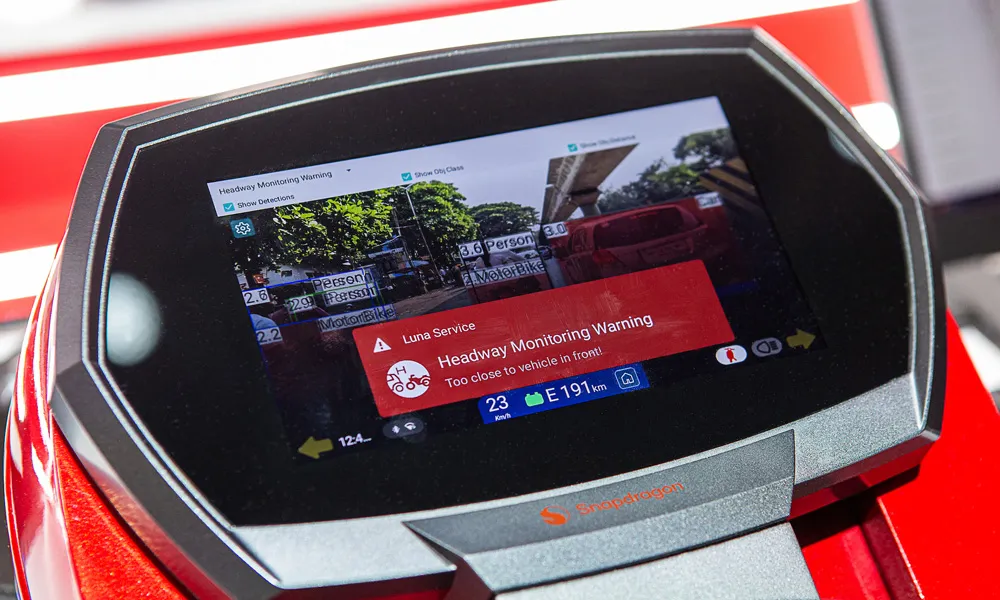The rising popularity of mobility services such as car sharing, rental and leasing is stoking significant interest in keyless access systems, according to Frost & Sullivan research. Following the saturation of radio frequency technology, Bluetooth low energy (BLE), biometrics and near-field communication (NFC) are poised to emerge as the next wave of wireless technologies in the automotive industry. This evolution from legacy vehicle access system to advanced access systems opens the market to specialist co
December 20, 2016
Read time: 2 mins
The rising popularity of mobility services such as car sharing, rental and leasing is stoking significant interest in keyless access systems, according to 2097 Frost & Sullivan research. Following the saturation of radio frequency technology, Bluetooth low energy (BLE), biometrics and near-field communication (NFC) are poised to emerge as the next wave of wireless technologies in the automotive industry. This evolution from legacy vehicle access system to advanced access systems opens the market to specialist companies such as cyber-security enterprises, telematics providers and mobile application developers.
According to the study, Strategic Analysis of Automotive Keyless Access Systems, by 2025, the penetration rate of smart device and biometric-based access systems in the North American market is forecast to touch 8.1 per cent, while the penetration rate in EU is expected to be 9.0 per cent.
Automotive OEMs are cautious about incorporating new technologies and are working on resolving security-related challenges. For instance, they have been using standardized frequencies for communication as well as encryption and rotating codes for access. In the case of virtual keys, they are focusing on cyber-security for connected devices and placing restrictions on the number of features offered remotely.
“Advanced biometric technologies such as face, voice and iris recognition are highly accurate and frictionless, encouraging automotive OEMs to make them an integral authentication layer,” said Frost & Sullivan Mobility research analyst Meena Subramanian. “Traditional keys will exist along with smartphone based access becoming secondary option as smart devices face threats such as battery dependency, accuracy and security risks.
“OEMs that are keen to offer advanced access systems are increasingly partnering with technology companies, as this market transformation calls for industry consolidation,” noted Subramanian. “Overall, advanced passive start and entry system (PASE) structures that include personalisation features, such as steering wheel and tuner adjustments, smartphone-based access and frictionless access, will be the future of vehicle access systems.”
According to the study, Strategic Analysis of Automotive Keyless Access Systems, by 2025, the penetration rate of smart device and biometric-based access systems in the North American market is forecast to touch 8.1 per cent, while the penetration rate in EU is expected to be 9.0 per cent.
Automotive OEMs are cautious about incorporating new technologies and are working on resolving security-related challenges. For instance, they have been using standardized frequencies for communication as well as encryption and rotating codes for access. In the case of virtual keys, they are focusing on cyber-security for connected devices and placing restrictions on the number of features offered remotely.
“Advanced biometric technologies such as face, voice and iris recognition are highly accurate and frictionless, encouraging automotive OEMs to make them an integral authentication layer,” said Frost & Sullivan Mobility research analyst Meena Subramanian. “Traditional keys will exist along with smartphone based access becoming secondary option as smart devices face threats such as battery dependency, accuracy and security risks.
“OEMs that are keen to offer advanced access systems are increasingly partnering with technology companies, as this market transformation calls for industry consolidation,” noted Subramanian. “Overall, advanced passive start and entry system (PASE) structures that include personalisation features, such as steering wheel and tuner adjustments, smartphone-based access and frictionless access, will be the future of vehicle access systems.”








